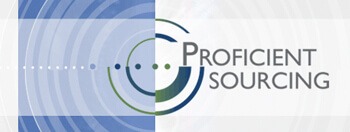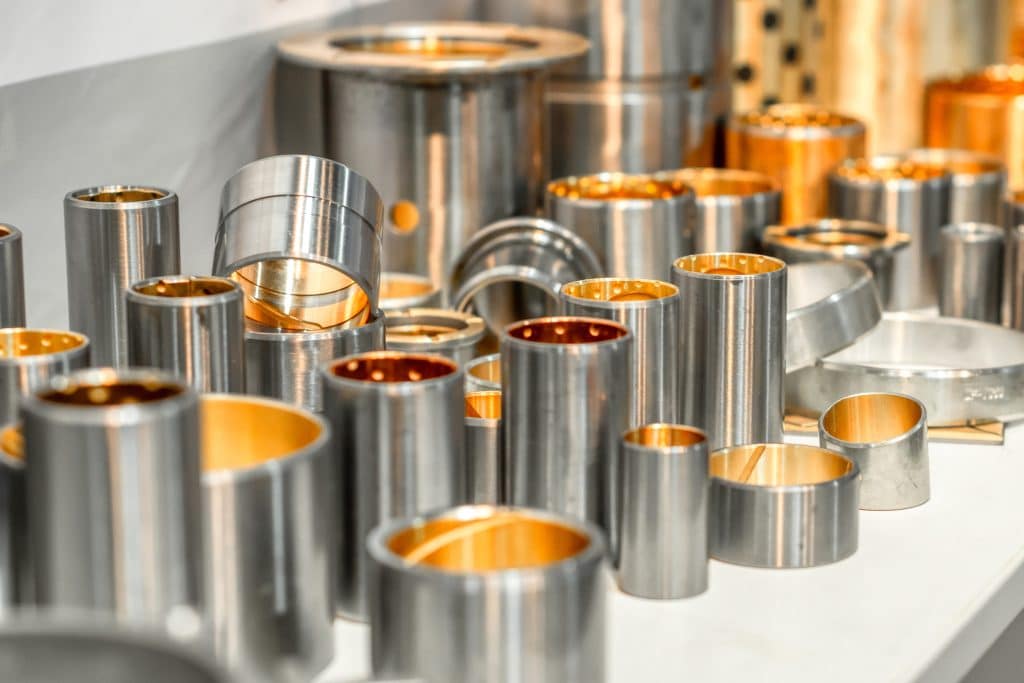Sourcing custom-manufactured parts doesn’t have to break your budget. Whether you’re a small business launching a new product or a procurement manager seeking affordable precision components, finding cost-effective solutions is possible—without sacrificing quality. This guide walks you through proven strategies for affordable custom parts sourcing and introduces a streamlined, expert-backed approach to help you do it right.
Why Are Custom Parts Often So Expensive?
Custom parts involve unique designs, tight tolerances, specialized materials, and sometimes low volumes. All of these factors contribute to higher production costs. Key price drivers include:
- Setup and tooling costs for small production runs
- Time-intensive engineering reviews
- Sourcing of rare or exotic materials
- Tighter tolerances that increase machining complexity
Understanding these drivers helps you identify where cost savings are possible without risking part functionality.
Step 1: Define Clear, Prioritized Requirements
Start by organizing your part specs into must-haves vs. nice-to-haves. This allows potential suppliers to suggest cost-saving alternatives while still meeting your functional needs.
Essentials to clarify:
- Material type (and acceptable substitutes)
- Tolerance ranges and surface finishes
- Quantity and delivery expectations
- Regulatory or certification requirements
If flexibility exists on material or finishing, mention it. Suppliers often have cost-effective suggestions if they understand your constraints.
Step 2: Write an Effective RFQ (Request for Quote)
A strong RFQ helps suppliers quote accurately and competitively. Include detailed prints or CAD files, quantity expectations (including future volume potential), and delivery timelines. Ask specific questions:
- Can you suggest cost-saving material alternatives?
- What volume breaks offer the best pricing?
- Are there design changes that could simplify manufacturing?
The more informative your RFQ, the better your chances of getting realistic, affordable quotes.
Step 3: Vet Suppliers for Cost and Capability
Low pricing isn’t helpful if the supplier can’t meet quality or timeline expectations. Evaluate:
- Experience with similar part complexity or material
- Certifications (ISO, AS9100, etc.)
- Production capacity and lead times
- Communication responsiveness
Also consider the supplier’s geographic location. Domestic sourcing may reduce shipping costs, tariffs, and lead time volatility.
Proficient Sourcing simplifies this by recommending suppliers already vetted for your specific needs—eliminating weeks of supplier research.
Step 4: Consider Design-for-Manufacturing (DFM) Reviews
Collaborating with a manufacturer during the early design stage can uncover cost savings. A DFM review can help:
- Simplify complex geometries
- Recommend alternative materials or finishes
- Optimize tolerances for production
This is especially helpful for small businesses that may not have in-house engineering or procurement staff. Partnering with a sourcing service that understands both design and manufacturing can lead to big savings.
Step 5: Don’t Overlook Low-Volume Specialists
Many larger manufacturers are not set up for small-batch jobs and quote high to compensate. Instead, work with suppliers who specialize in:
- Prototypes and low-volume production
- Quick-turn machining
- Flexible tooling setups
These specialists often offer faster turnaround and more affordable pricing for initial runs—ideal for startups and small product launches.
Proficient Sourcing maintains relationships with precisely these kinds of manufacturers across the U.S., helping you find the best match quickly.
Step 6: Request Multiple Quotes—But Wisely
While it’s tempting to shotgun RFQs to dozens of suppliers, it often leads to mismatched expectations and inconsistent responses. Instead, focus on 3–5 suppliers who are:
- A strong fit based on capabilities
- Known for working in your volume and part type
- Willing to collaborate on cost-saving options
Using a service like Proficient Sourcing helps narrow this list fast—based on your part specs, not just a directory search.
Step 7: Use a Custom Parts Sourcing Service
If you lack time or internal expertise, a sourcing partner can help you:
- Quickly access a network of cost-efficient, pre-vetted manufacturers
- Avoid common pitfalls in RFQ and supplier vetting
- Receive tailored supplier matches at no cost to you
Proficient Sourcing offers just that—a no-obligation, FAST, and personalized sourcing process that prioritizes affordability and quality.
Conclusion: Affordable Doesn’t Mean Inferior
Finding affordable custom parts is not just about chasing the lowest quote. It’s about smart sourcing—balancing design, supplier fit, and long-term value. With clear specifications, smart supplier selection, and expert support from a sourcing service like Proficient Sourcing, you can reduce custom part costs without compromising on quality.
Need help getting started? Request a free supplier match for your custom parts project today.


